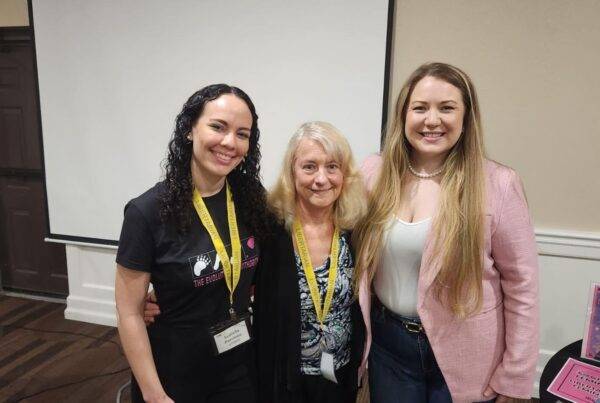Is a mall a community? Yes, argues Spencer H. MacCullum, an American anthropologist, business consultant and author.
“The first, what you might call entrepreneurial community, was the hotel,” said Spencer. He gave the example of the Tremont House in Boston in the 1830s as the first modern hotel.
After this came the development of apartment buildings, office buildings, industrial parks, and the first shopping centers. Spencer estimated that some shopping centers, for example in Las Vegas, Nevada, have populations greater than the population of some cities.
“They are communities,” said Spencer, “If you look at a hotel, it has its streets and alleys, its corridors. The lobby is the city square and perhaps park, and so on. You have a prevision of utilities and you have a security office there that works very nicely, very quietly. If you misbehave, you may find yourself very quietly outside the hotel.”
“It has a transportation system,” Spencer added, “which happens to operate vertically instead of horizontally.”
According to Spencer H. MacCullum, this model may be better in many ways, because the public services are provided by the entrepreneurial interest of the property owner, as opposed to when property is subdivided and sold off.
When property is subdivided and sold off, the owners do not have the experience to provide their own public services, “so they tend to form a political organization of some kind to finance through taxes and regulations and to enforce rules,” said Spencer.
Watch the full interview below:
Produced by New Media | UFM 2013
http://www.newmedia.ufm.edu
http://www.ufm.edu



